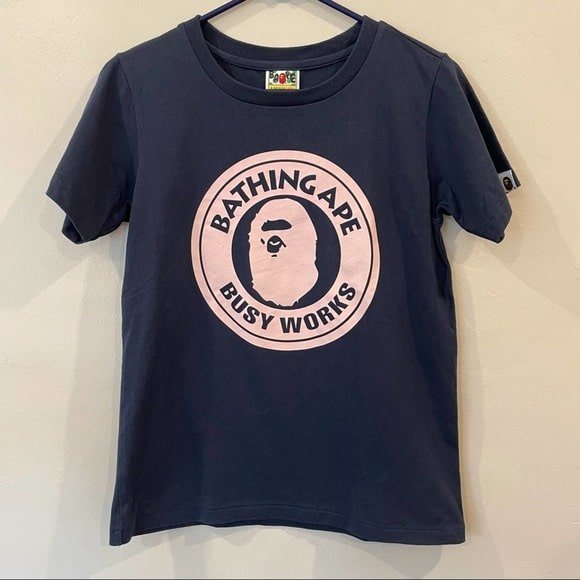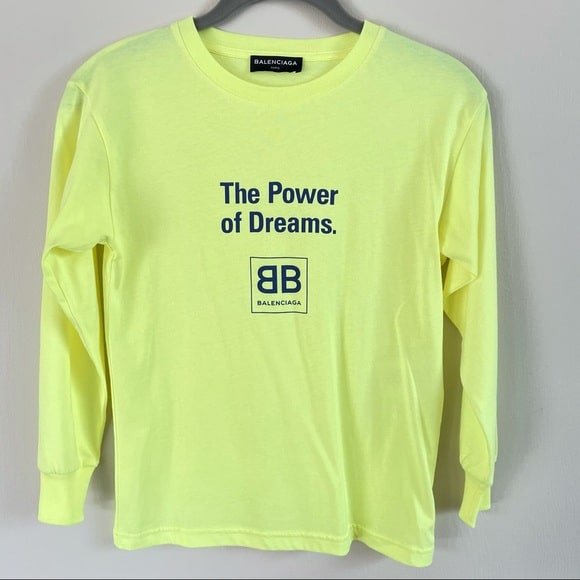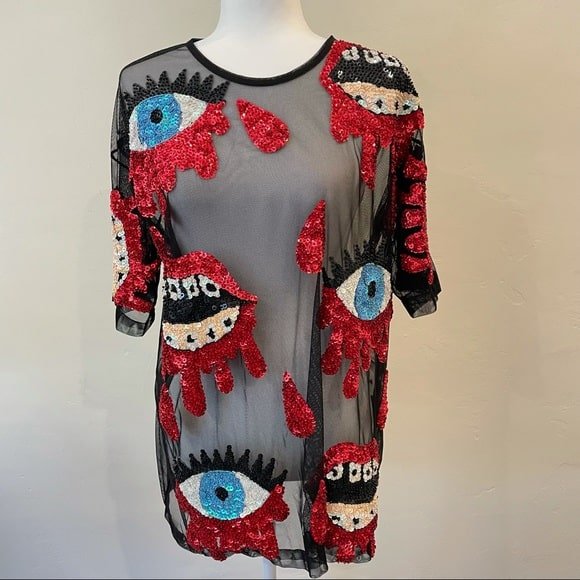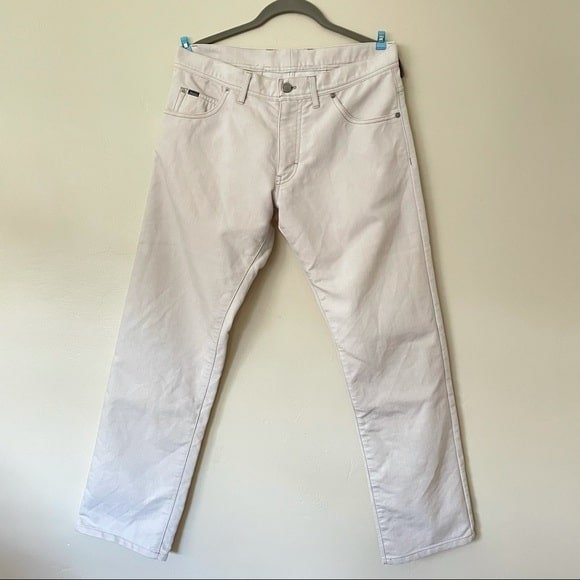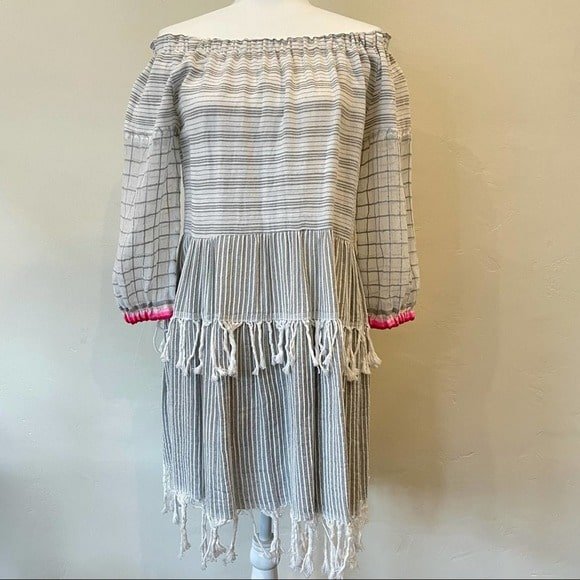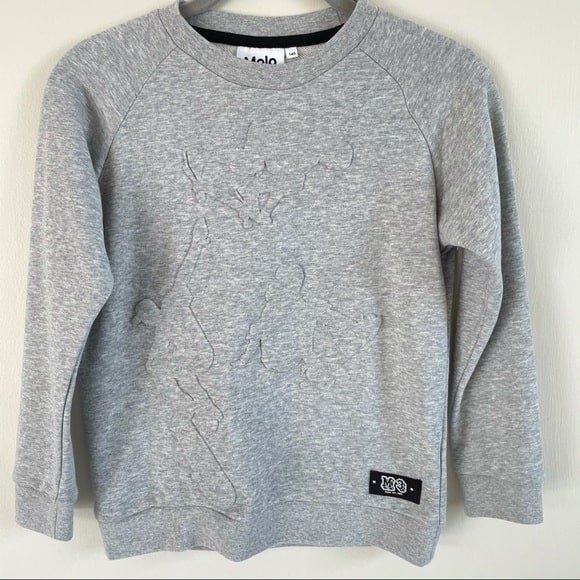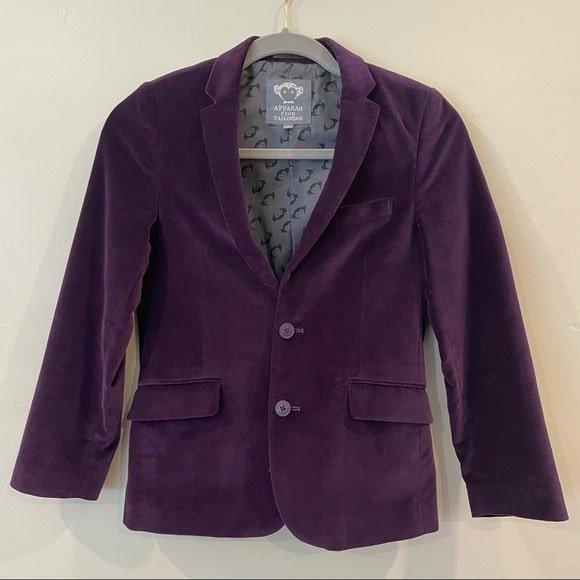8 Tips for Buying Consignment to Resell
Over the past year, several people have contacted me asking if I would purchase their items to resell. I’ve declined most of the time, but I was lucky to come across one person who had a huge lot of over 100 pieces of high-end and popular brands of women’s, men’s, and children’s clothing. I decided to share my experience of purchasing it in this post with some tips so that you can hopefully have good consignment experiences too.
Disclosure: This post contains affiliate links. This means that I may receive compensation when you click on a product link or purchase an item linked on this site. Click here for details.
***If you don’t have a Poshmark account, you can receive a free $10 bonus when you sign up with my code SFGIRL2015. Amount may vary by promotion.***
***On Mercari, you can get $10 when you sign up with the code JENMHM.
How I got this lot
Someone contacted me through this blog letting me know that he was selling clothing for a family that was moving out of town. Would I be interested in purchasing them?
He was conveniently located near my work so I could drop by after work to review the clothing. He contacted me on a Monday and by Friday I had the clothes at home ready to be listed. More on how you can do this below.
The brands I got
This lot piqued my interest because of the high-end brands that were in it. I source my inventory primarily through thrift stores with the occasional online mystery box and garage sale. It’s rare that I come across the brands below at the thrift store.
Reformation
Alice + Olivia
Lemlem
A Bathing Ape
Tory Burch
La Perla
Alexander McQueen
Tom Ford
Balenciaga
There were more middle-of-the-road brands too.
Nike
The North Face
Theory
Lululemon
Vince
Rag & bone
Ivivva
Reformation romper - Sold: $50
Here are some tips:
1 | Try to learn what is being sold beforehand
One reason for my interest in this lot of clothing versus the others is that I was able to get an idea of what was being sold beforehand. This person had a Poshmark closet where I could view what they were trying to sell.
You probably already know that reselling takes work! It’s not as easy as popping up some pictures. The items don’t fly off the online shelf just because they’re listed. The seller did not have time to list items and wait for sales.
By looking at his Poshmark closet, I got an idea of
Brands for sale
Quality of the items
Number of items that might be available
Expected prices
Other background information
By background information, I could tell this person had children because he had children’s items listed. I was prepared with an idea of what children’s brands and items I wanted to purchase.
Once you have an idea of these things, you can research comparable items before meeting up. Many of the items I viewed during our meeting were not listed on Poshmark, but I still had an idea of the items he wanted to sell.
2 | Have an ideal price in mind
I went into the meeting with an estimate of how much I was willing to pay per item.
It’s rare that I come across high-end brands like above at the thrift store. When I do, they’re usually about $10-20 per item.
I figured that my ideal price per item would be the same here. I would make exceptions for exceptional items like purses, shoes, and new items, but these were mostly used clothes so I wasn’t expecting them to be worth hundreds of dollars apiece.
It’s okay to give your estimated prices before meeting. The seller knows right away if he or she wants to go further with the transaction.
It also saves you from making a trip to see items that you won’t end up buying. You’re not wasting anyone’s time or surprising anyone with your offer.
Bathing Ape t-shirt - Sold: $30
3 | Take your time
Because I was the only one viewing these items on a weekday, I had the luxury of taking some time to view the items and select what I wanted. I didn’t have to compete with other sellers like I would have at a regular estate sale.
I should have taken more time though. It was going to storm that evening and I needed to use the restroom, so I rushed through the racks of clothing to finish without reviewing the items a second time.
I ended up missing a lot of stains and other damage to the clothing. I spent a lot of time trying to clean the items and donated or threw away the ones that were too stained or damaged to salvage.
While the brands were good, and the items were nice at first glance, I wouldn’t have purchased as many of them or offered as much if I had inspected them closely and seen their damage.
If you have time, take a second look through the items and check them closely as you normally would. If you’re in a rush, ask if you can come back the next day. You’ll have more time to research the items as well since you’ve seen them.
Balenciaga children’s shirt - Sold: $175
4 | Research sold prices
It’s okay to research sold prices while viewing the items. I looked up brands and items while looking through the racks. I had to because I didn’t recognize the names of some brands and didn’t know much about others. That’s the only way I could tell if I wanted the items.
I’ve read of people who won’t look up prices at garage sales because they don’t want to appear obvious about reselling. That might be the case at garage sales, but not during a meeting like this.
Discount Universe top - Sold: $150
5 | Negotiate price
There are usually two routes to consignment: splitting the profits of sales or buying the items outright.
I prefer to buy the items outright other than for family and friends because it’s easier for tracking and accounting.
I offered a lump sum amount based roughly on the price per item. I valued the adult clothes higher than the children’s clothes.
The seller may come back with a counteroffer, and you’ll have to decide if it’s worth it for you to accept it.
You should give yourself the better end of the deal because you’re taking the risk of having the items. The seller gets paid once and all at once. He or she is free of the items.
You’re spending the time to list and sell the items.
The items may have damage you weren’t aware of.
You may have to spend time and money to clean and prep the items.
You’re storing the items waiting for them to sell to make a profit.
Some items may not sell.
You may have returned or damaged items.
You’re responsible for taxes on profit.
All of that should be considered in the price you’re paying. You may get a seller who wants higher prices because they paid a lot for the items new or they saw the items on eBay and Poshmark.
If that’s the case, he or she should list the items online themselves. The addition of any middleman will eat into the profits. Some sellers will reduce the price if you pay with cash.
Tom Ford jeans - Sold: $100
6 | Keep marketing your services
After visiting with the seller, I told him to contact me again if he had anything else to sell. I had taken only a small portion of the available items.
He had other items that had been sent off to a consignment store. Then there were the items that were listed for sale on Poshmark but not available for me to purchase at that time.
I also let him know that if he knew anyone else who wanted to sell their goods, please send them my way. Consignment services often grow through word of mouth. If someone he knew had similar items to sell, I’d be interested in taking a look and trying to sell them.
Lemlem dress - Sold: $33
7 | It’s okay to walk away
Similar to thrift store shopping, it’s okay to walk away at any time during the process. If the seller had made a counteroffer, I would have declined the sale.
I reminded myself that this was a rare chance for me to find high-end and rarer items, but I didn’t need them. I resell as a fun side business. I could continue finding inventory from my usual sources and be okay.
There would be other opportunities to obtain items by consignment, and there have been since.
8 | Keep track of your sales
No matter where you get your inventory, it’s good to keep track of your sales. This could include the amount you paid for each item, how much an item sold for, your profit, and anything else you feel is important. This will make things easier when it comes time to pay taxes.
I’ve also heard a few stories of sellers coming back to buyers like me and demanding some of the profit or wanting a receipt for a tax break for their “donation”.
They don’t get to claim any of the profits or classify the items as a donation as they sold the items to you. You’ll want to protect yourself in case anything like this happens.
Molo boy’s sweater - Sold: $19
Lastly, if you want to start a consignment business, there are several ways to go about promoting your business:
Create a Facebook page or Instagram account and post regularly
Ask friends and family to spread the word about your business
Post your services on community sites like Next Door
Share your successful sales
Share your specialty such as women’s purses or antique furniture
Get testimonials from clients
You can find more info about offering consignment services in this blog post.
Appaman boy’s suit - Sold: $40
Consignment can be a great way to get inventory you don’t usually have access to, but it’s important to do your research, negotiate prices when needed, and track all your sales. I’m looking forward to when I can do it again!
What has your experience been with obtaining items from private sellers or offering consignment? What tips do you have for those who are new to it?
Related posts:



